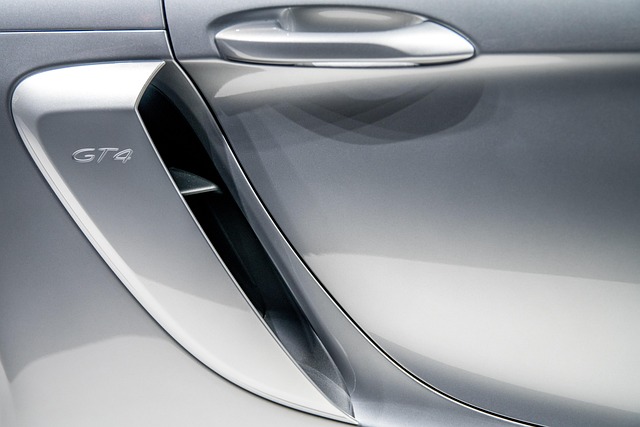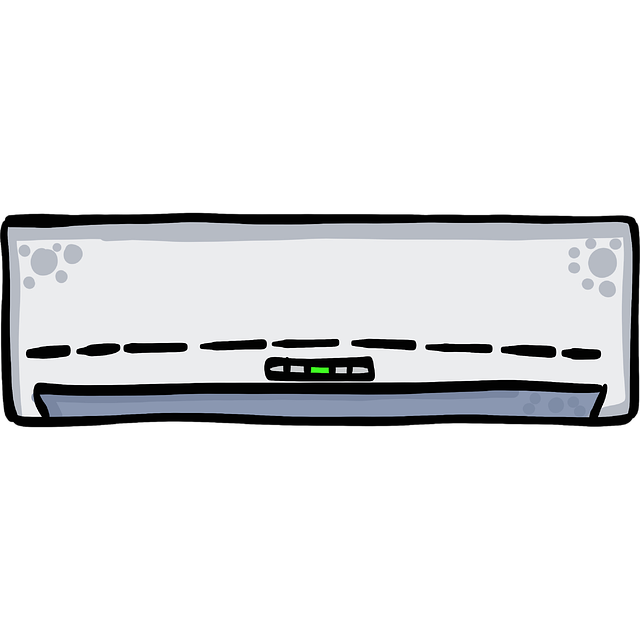Select Cold Air Intakes (SCAI) enhance automotive performance by optimizing air-fuel mixture and airflow control, boosting power output while maintaining efficient performance across varying driving conditions. High-quality CAI systems draw cooler, denser air for turbocharged cars, improving throttle response, drivability, and fuel efficiency. Balancing power and control is crucial in automotive engineering, ensuring optimal vehicle performance, longevity, and safety. Modern CAIs cater to diverse user preferences with customizable features and simplified installation. Strategic intake modifications prioritize safety while boosting performance, but adhering to local regulations and emissions standards is essential.
In the pursuit of optimal vehicle performance, achieving a perfect balance between power and control is paramount. This article explores the intricate dynamics of power and control, delving into key factors such as cold air intakes’ impact on engine performance, efficiency, and user preferences for customization versus ease of use. We also consider safety aspects and legal implications, including regulations surrounding advanced modifications like select cold air intakes. By understanding these elements, enthusiasts can make informed decisions to enhance their driving experience while navigating regulatory frameworks.
- Understanding Power and Control Dynamics
- The Role of Cold Air Intakes in Performance
- Balancing Engine Efficiency and Horsepower
- User Preferences: Customization vs. Ease of Use
- Safety Considerations for Advanced Modifications
- Legal Implications: Regulations and Compliance
Understanding Power and Control Dynamics

In the realm of automotive performance, the balance between power and control is a delicate art. Understanding the dynamics of power and control involves recognizing that they are intertwined yet distinct aspects crucial to optimizing engine functionality. Power, measured in horsepower or torque, represents the potential energy output of an engine, while control refers to the precision with which this power can be delivered and managed.
This intricate relationship is evident when considering components like Select Cold Air Intakes (SCAI), which are top-rated cold air feeders designed to enhance performance. By direct-sucking air from outside the engine compartment through a specialized intake system, SCAI facilitates a more efficient air-fuel mixture, allowing for enhanced combustion and, consequently, an increase in power output. Yet, it’s not merely about boosting power; these open air induction systems also provide better control over the airflow, ensuring optimal performance across various driving conditions, making them a popular choice among enthusiasts seeking street legal cold air intakes that offer both might and finesse.
The Role of Cold Air Intakes in Performance

The role of Cold Air Intakes (CAIs) in performance optimization is significant, especially when it comes to turbocharged cars. By selecting a top-rated cold air intake system, vehicle owners can achieve notable improvements in their car’s intake capabilities. These systems are designed to draw in cooler, denser air from outside the engine bay, which is crucial for maximizing the efficiency of turbocharged intakes. Cooler air is more easily compressed, resulting in increased power and better mileage, making it an essential upgrade for those seeking enhanced performance.
CAIs work by rerouting the intake air flow, ensuring that it bypasses hot components like the mass air flow sensor (MAF) and warm air from the cabin. This direct path from the outside environment allows for a steady supply of cold, dense oxygen-rich air to fuel the engine. The benefits extend beyond power gains; improved airflow can also lead to better throttle response and overall drivability, making CAIs an attractive option for those looking to unlock their vehicle’s full potential while maintaining excellent fuel efficiency.
Balancing Engine Efficiency and Horsepower

In the pursuit of achieving the perfect balance of power and control, especially within automotive engineering, the relationship between engine efficiency and horsepower is a delicate one. This balance is crucial for optimizing vehicle performance while ensuring optimal fuel consumption and longevity. One key aspect that plays a significant role in this equilibrium is the selection of cold air intakes (CAI), such as inline cold air admissions. These systems are designed to enhance the overall efficiency of an engine by improving airflow, which directly contributes to increased horsepower.
By incorporating CAI or other auto parts tailored for improved airflow, engineers can create efficient engine cooling solutions. This is particularly important in high-performance vehicles where both power and control need to be meticulously managed. Efficient cooling allows for sustained peak engine performance, ensuring the vehicle delivers consistent horsepower without compromising on fuel economy. This harmonious blend of raw power and economical efficiency is a defining characteristic of modern automotive engineering, driven by advancements in technology and a growing demand for versatile, high-performing vehicles.
User Preferences: Customization vs. Ease of Use

In today’s digital era, users increasingly demand both customization and ease of use from their devices and systems. This dichotomy presents a fascinating challenge, especially when considering products like Select Cold Air Intakes (CAI) for turbocharged cars. On one hand, enthusiasts appreciate the ability to customize their vehicles, fine-tuning them to achieve optimal performance, often with auto parts designed for improved airflow. This level of customization allows them to express their unique preferences and create a car that truly reflects their style and driving needs.
However, for everyday users, ease of use is paramount. They seek systems that intuit their requirements without demanding excessive technical knowledge or time-consuming setup processes. In this context, CAIs must balance these user preferences effectively. On the one end, they offer customizable options to enhance fuel efficiency and performance through strategic air intake upgrades. On the other, they streamline installation for users who value convenience and want to avoid complex modifications, ensuring a seamless experience that caters to both customization enthusiasts and those prioritizing ease of use.
Safety Considerations for Advanced Modifications

When tackling advanced modifications to enhance vehicle performance, safety should never be overlooked. One key area to focus on is the intake system, as modifications here can significantly impact both power and fuel efficiency. Choosing the right cold air intake (CAI) is crucial for achieving that perfect balance. Opting for a select cold air intake allows you to direct fresh, cool air directly into the engine, increasing airflow and boosting performance.
Lightweight cold air feeders are designed to provide an efficient path for intake air, ensuring optimal combustion and preventing restrictions. Direct fit cold air kits, while offering a straightforward installation process, should be selected based on their compatibility with your vehicle’s engine specifications to guarantee maximum power extraction without compromising safety or reliability. The best CAI for engine power is one that strikes the right balance between performance gains and preservation of your vehicle’s integrity.
Legal Implications: Regulations and Compliance

In the pursuit of achieving the perfect balance between power and control, especially in automotive modifications, understanding legal implications is paramount. When it comes to enhancing engine performance through components like Select Cold Air Intakes (SCAI), regulations and compliance play a crucial role. Ensuring that modifications adhere to local laws and emissions standards is essential to avoid legal repercussions and maintain the integrity of your vehicle.
Regulations governing auto parts, particularly those related to improved airflow, such as lightweight cold air feeders or top-rated cold air feeders, are designed to safeguard both public safety and environmental quality. Compliance with these regulations not only protects consumers but also ensures that modifications contribute positively to overall road safety and air quality standards.
Achieving the perfect balance of power and control is a delicate dance, especially when modifying vehicles. As discussed, selecting the right cold air intakes can significantly enhance performance while maintaining engine efficiency. However, it’s crucial to consider user preferences, safety, and legal implications. Customization offers an engaging experience, but ease of use and compliance with regulations are paramount. By understanding power dynamics, staying informed about advanced modifications, and adhering to legal guidelines, enthusiasts can enjoy their vehicles without compromising safety or legality.



